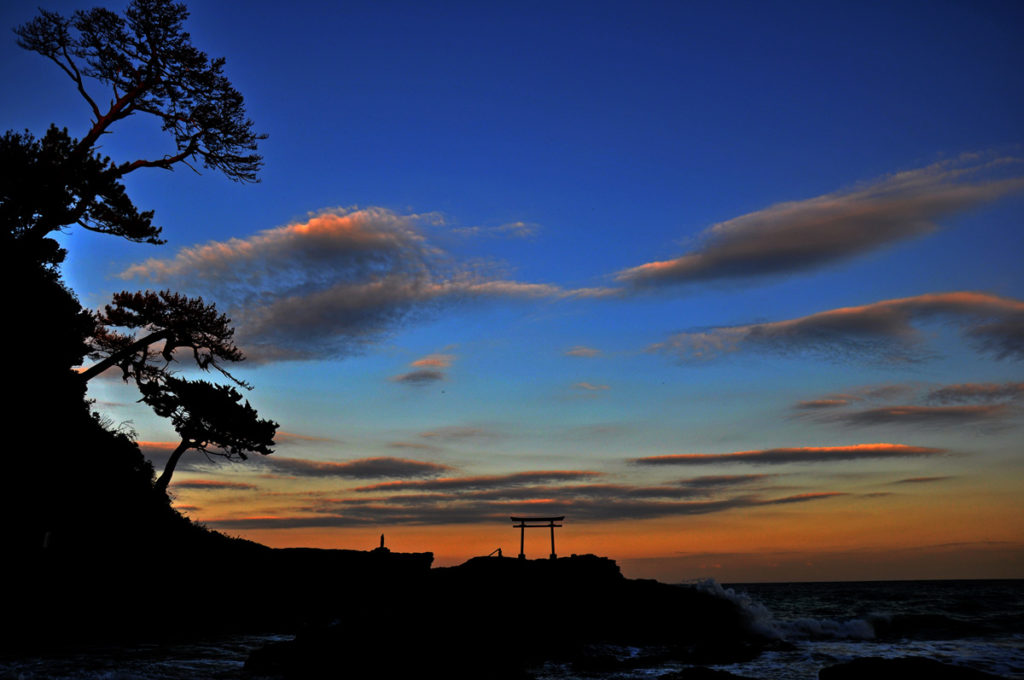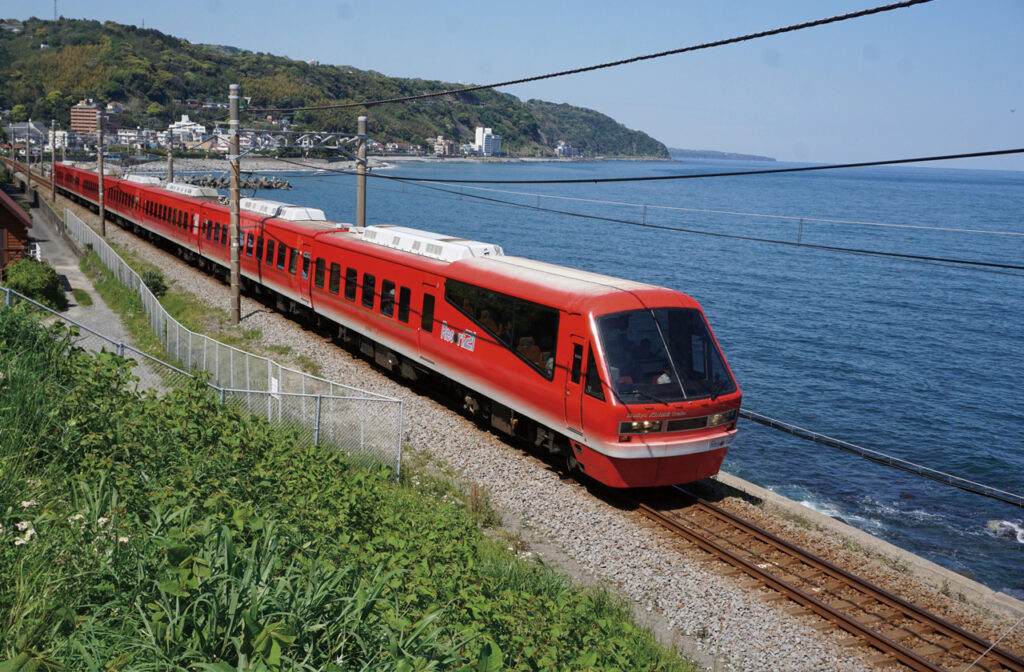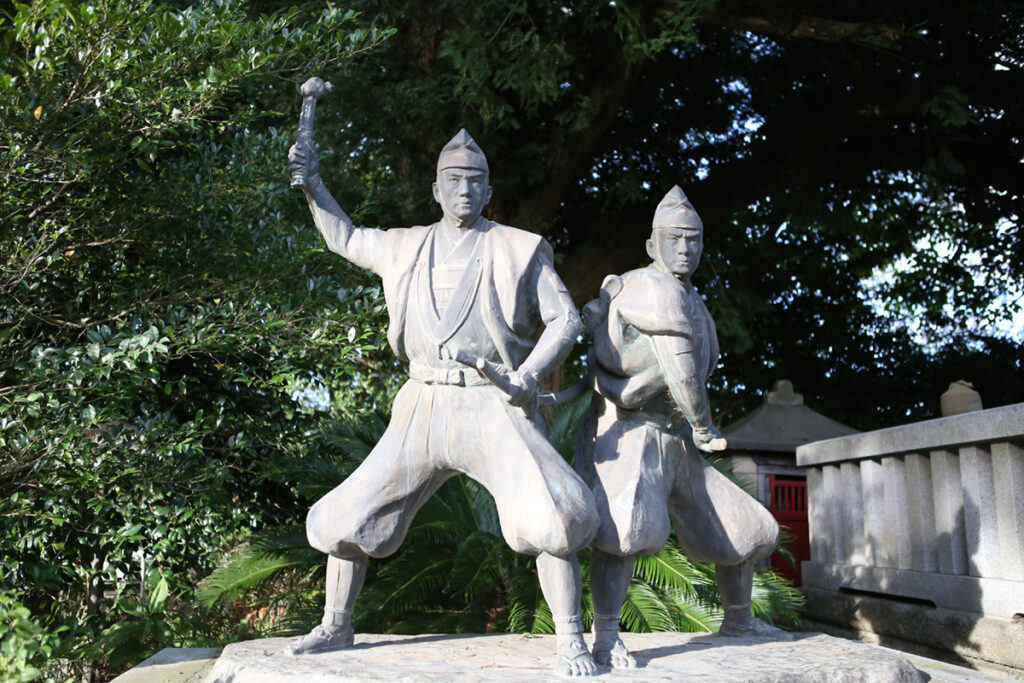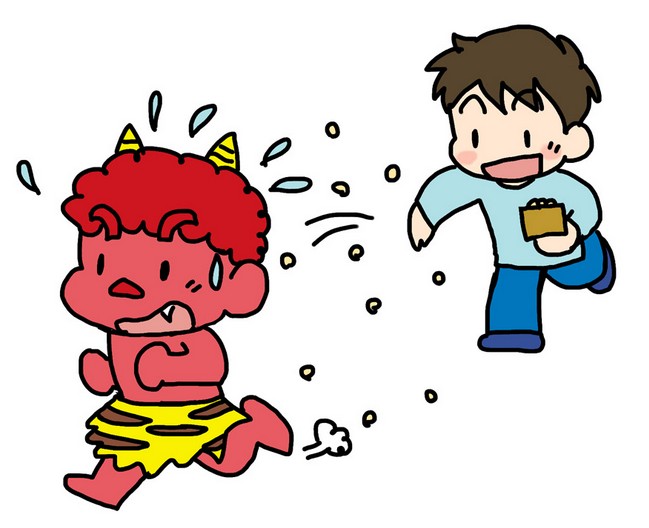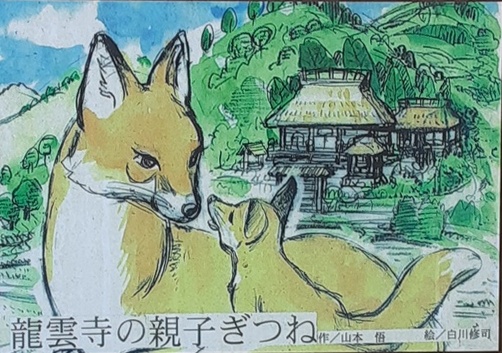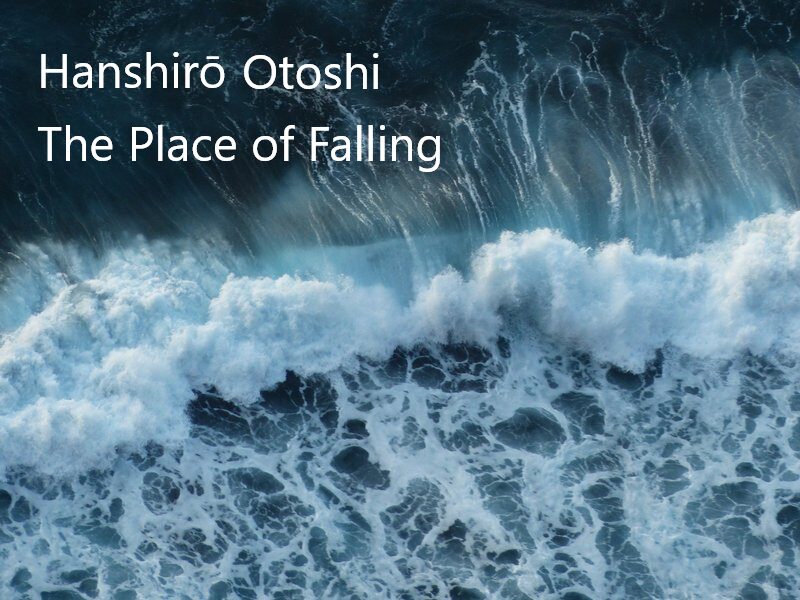Izu’s Oldest Shrine: Shirahama Jinja
Not far from the laid back cafes of Shimoda’s popular Shirahama Beach lies a hidden gem that whispers of Japan’s ancient legends. Shirahama Shrine isn’t your typical tourist stop — it’s a living connection to the Izu Peninsula’s deep cultural roots, where nature, mythology, and life in a small community seamlessly merge. A Shrine Steeped […]

